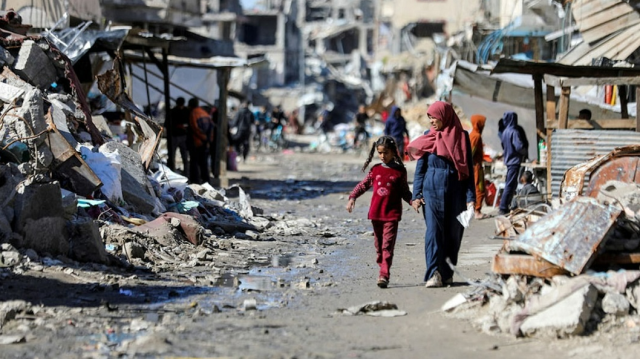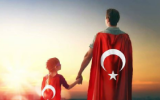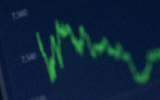
40 people were killed, 60 injured in airstrike early Tuesday on tent camp in Khan Younis in al-Mawasi area, which Israel designated ‘humanitarian safe zone'
Despite Israel declaring it a “safe area,” effectively promising Palestinians shelter from attacks, the al-Mawasi area, located along the southern Palestinian coastline of the Mediterranean Sea in southwestern Gaza, has suffered five Israeli massacres since May.
The Israeli military had designated the area a “safe humanitarian zone.” However, these attacks, which have claimed the lives of at least 217 Palestinians and injured 635 others, have been condemned by international and UN bodies, as well as numerous countries.
This sandy region, devoid of basic living necessities, has become home to about 1.7 million displaced Palestinians seeking shelter from months of Israeli attacks.
Forced to relocate under heavy fire, the majority arrived in al-Mawasi following the Israeli military's ground operation in Rafah starting on May 6.
The area, stretching 12 kilometers (7.5 miles) from Deir al-Balah in the north to Rafah in the south, and just 1 km (0.62 mi) wide, is overcrowded with makeshift tents.
Despite Israeli claims of the area being “safe,” the military has continued to target it with missiles and gunfire, resulting in repeated civilian casualties.
Since beginning its Gaza offensive last October, Israel has followed a pattern of declaring certain areas to be “safe zones,” pushing Palestinians to relocate there, yet still attacking them in the zones or even en route to promised safety.
Below is a review of the five massacres that al-Mawasi has suffered, according to Anadolu's documentation:
- Mawasi, Khan Younis
Many remain missing, buried under the sand, according to an initial report by Ismail al-Thawabta, the head of Gaza's Government Media Office.
The Israeli army claimed that its air force targeted Hamas operatives in a disguised command and control center in the Khan Younis humanitarian zone.
Human rights groups and international organizations condemned the attack.
Survivors said the bombing left deep craters, effectively turning them into a mass grave for those trapped beneath.
The Gaza Government Media Office labeled it a “large massacre” and warned there are no hospitals capable of handling the large influx of casualties due to the destruction of Gaza's healthcare system.
The Israeli army alleged it targeted two prominent Hamas members in the area, but did not name them.
Hamas denied this, and Israeli Prime Minister Benjamin Netanyahu later stated that the operation was aimed at Hamas' military leader Mohammed Deif and his deputy, Rafa Salama, which Hamas also rebuffed as “false” claims.
- Mawasi, Rafah
The shelling also set tents on fire, forcing residents to flee once again, this time heading north to al-Mawasi in Khan Younis.
The International Committee of the Red Cross (ICRC) reported that heavy shells landed near its office and staff residence in Rafah, which is surrounded by displaced civilians living in tents.
Many of the Red Cross' Palestinian staff and their families were among those affected.
The Red Cross added that the shelling caused a large influx of casualties to their field hospital in the area.
The Israeli army initially denied responsibility, with spokesperson Daniel Hagari stating that “contrary to reports, the army did not attack the humanitarian zone in al-Mawasi.” Hamas, however, condemned the attack, accusing Israel of committing a massacre.
Since last Oct. 7, the Israeli onslaught has killed more than 41,000 people, mostly women and children, and injured nearly 95,000, according to local health authorities.
An ongoing blockade of the enclave has led to severe shortages of food, clean water, and medicine, leaving much of the region in ruins.
Israel also faces accusations of genocide for its actions in Gaza at the International Court of Justice.
Hello, the comments you share on our site are a valuable resource for other users. Please respect other users and different opinions. Do not use rude, offensive, derogatory, or discriminatory language.
The floor is all yours.








